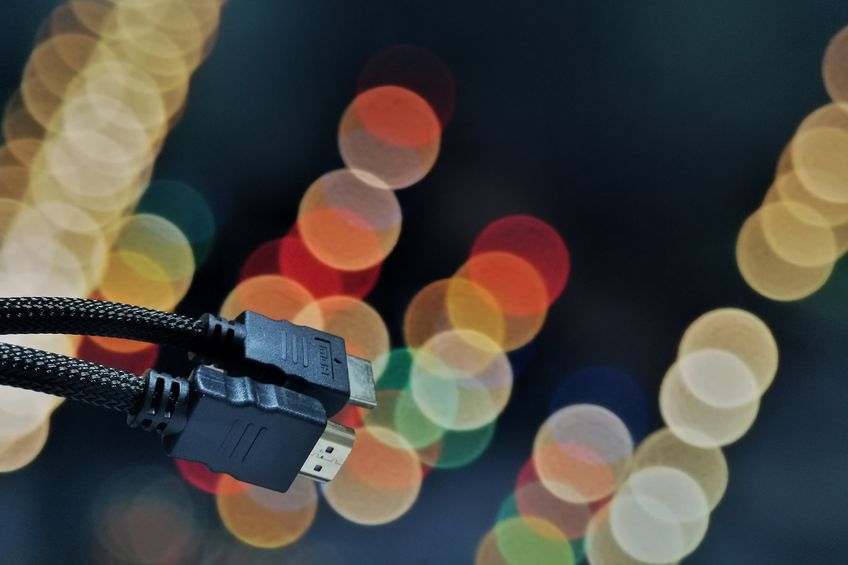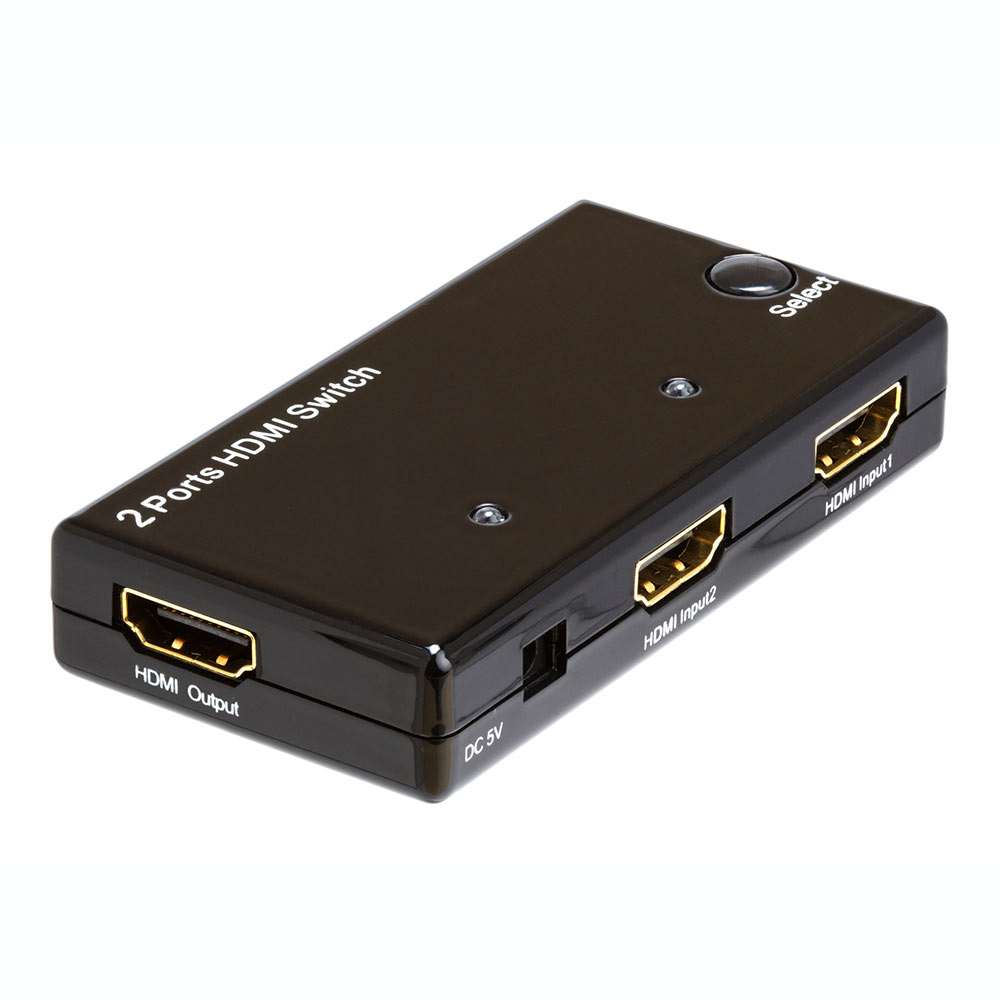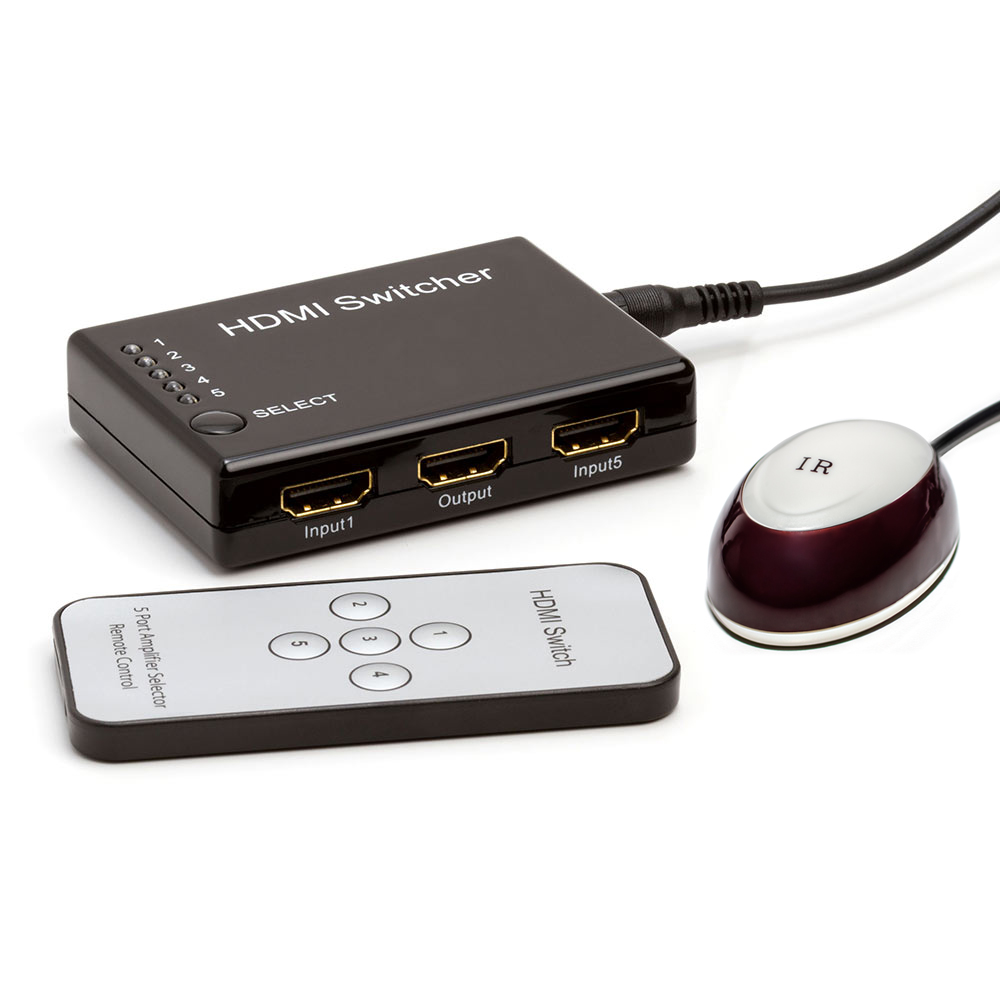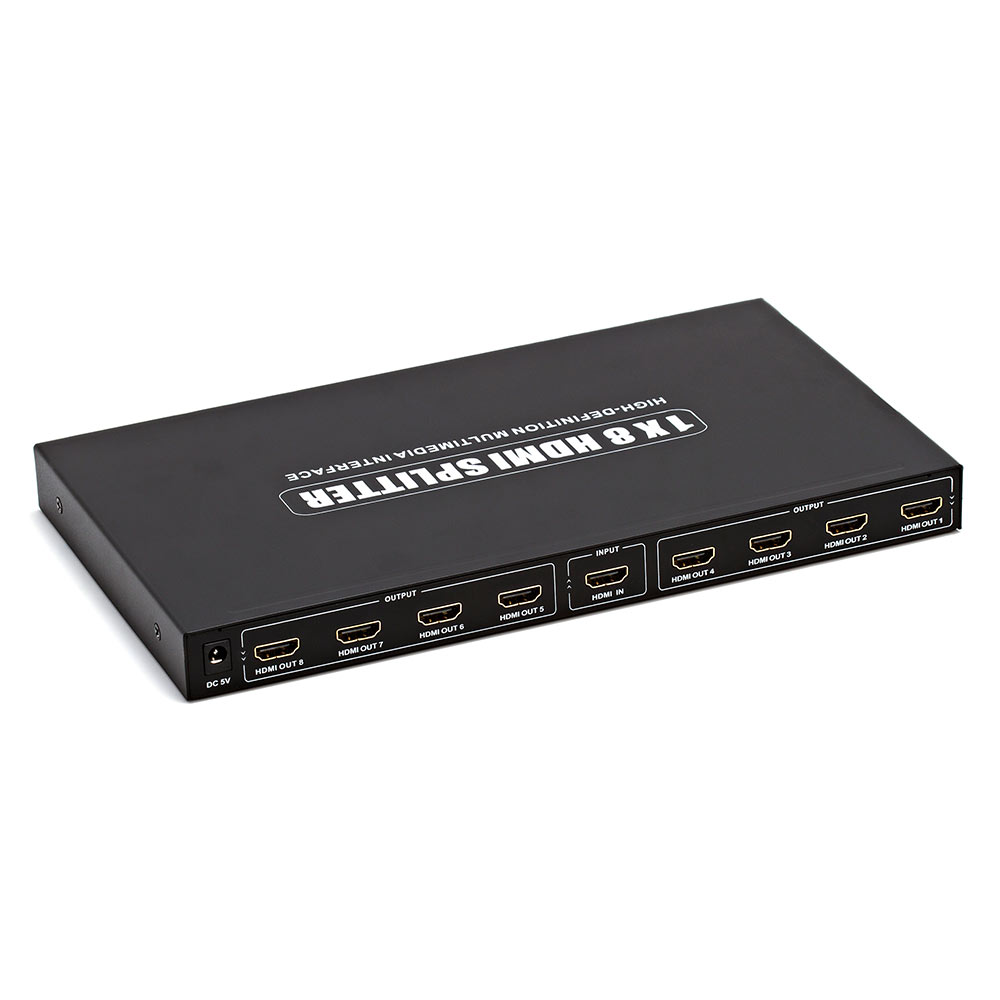Connecting Multiple Devices To Your TV Using HDMI
Many battles between competing electronics technologies last for decades.That hasn’t been the case with HDMI, which is so far superior to other methods of video and audio signal delivery that it became the industry standard pretty quickly. In fact, most manufacturers no longer even bother including the wide variety of ports and connectors so commonplace on television sets for years.

It’s so easy to get excited when looking at a gorgeous new 4K HDR smart TV that you don’t even think about what else you might want to connect to it over time – Blu-ray, Chromecast, Roku, game consoles, and sound bars immediately come to mind. And who knows what else is on the horizon?
At the same time, many manufacturers are quietly reducing the number of HDMI ports they install on their new TVs as a cost-savings measure.
There may come a time when a version of USB or some other not-yet-developed alternative will replace HDMI as a new standard. For at least the next few years, though, HDMI is pretty much the only game in town. And if you don’t have enough ports to accommodate all of your devices, you’ll end up searching for some other way to connect those extra devices to your TV.
We’ll get to an explanation of how to handle that problem, once we’re all on the same page regarding HDMI in 2019-2020.
The Down-and-Dirty Facts on Today’s HDMI
If you have a really old HDTV or component, it may still utilize one of the original HDMI 1.0 versions which were released and updated between 2002 and 2009. Those have pretty much become outdated at this point, due to vast improvements in HDTV signal resolutions, refresh rates, color spaces and many other specifications.HDMI 2.0 was released in 2013. It offered much higher maximum bandwidth supporting high-quality delivery of 4K HDTV signals, plus more audio channels with better sound quality, dual video streaming and a number of other upgrades to conform to newer video and audio standards. Most HDTVs and components currently operating in homes and businesses use HDMI 2.0 as their signal delivery standard.
The industry never stays still, though, and cables and connectors must keep pace. 2017 saw the introduction of HDMI 2.1, which is rapidly become standard on all new electronic components. It can handle 4K dynamic HDR signals at double the old refresh rate, while supporting brand-new 8K TV signal delivery- and even the still-on-the-drawing-board 48 Gbps “Ultra High Speed.”
What does this all mean? Basically, if you still have equipment that uses decade-old HDMI 1.0 technology, you’re way behind. Despite the fact that HDMI standards are backward-compatible, you’re missing out on the many benefits of HDMI 2.0, now considered standard by the industry and modern-day consumers. Still depending on HDMI 1.X? It’s time to upgrade.
On the other hand, if you’re shopping for a new high-definition TV or component, your best bet is to look for equipment that supports HDMI 2.1. You may not appreciate having the newest HDMI capacity right now, but you will soon. From the end user’s viewpoint, it is capable of delivering both the highest-quality video available now, and will still be state-of-the-art when 8K becomes readily available. In the meantime, it also provides a much better gaming experience because of its better support of higher variable refresh rates.
So now you’re up to speed. And that brings us back to our original issue: as the number of ports on an HDTV slowly decreases but the need for HDMI connections continues to increase, what do you do when your HDTV ports are full and you have another device to connect?
Connecting Multiple Devices When You’re Out Of HDMI Ports
There’s probably not a single person reading this article who isn’t familiar with extension cords, splitters, sixlets and cube taps, although not all of those terms may be familiar to you. When you don’t have enough AC plugs in a room, all you need is one of those handy-dandy accessories. Stick the plug into the wall, and you have two, three (or more) perfectly-good receptacles at the other end of the cord or device.
Unfortunately, you can’t just use an “HDMI extension cord” with more than one port on the other end – they don’t exist, for a very good reason. HDMI signals have many components and are much more complicated than simple AC electrical power. That means you need something much “smarter” to be able to accept HDMI signals from multiple devices and route them all to a single HDMI port on your TV.
That piece of equipment is called an HDMI switch.
What to Look for in an HDMI Switch
An HDMI switch will commonly have between two to four ports for your devices, and one port for the cable that leads to your television. Not to harp on this fact too much but you never know when you’ll need more capacity, so it’s always a good idea to get a switch with more ports than you currently need.Just like all devices, an HDMI switch will use either an older or newer HDMI version. Your switch should match the highest version of HDMI, and the resolution, used by your components. Your best bet is to get an HDMI 2.0 switch to get the best high-def performance from all of your connected devices.

One other note: some people buy HDMI splitters to try to connect multiple devices to a TV. That’s not the right choice, because that’s not what a splitter is designed for. A splitter is the mirror image of a switch, taking one video signal and splitting it between multiple TVs or monitors.

As with any electronic equipment, you can pay a lot of money for HDMI switches and the HDMI cables that connect them to devices and TVs. There’s no reason to bust your budget for HDMI cables or switches, though, because high-quality ones that meet industry standards are basically all the same. You don’t get more just because you pay more.
Cmple has an enormous selection of impeccably-designed HDMI switches and cables, at the lowest prices you’ll find anywhere and with the same quality as any “monster” product. And Cmple is continually adding to its HDMI catalog. You can currently buy any HDMI 2.0 cables you could possibly need, and a full selection of HDMI 2.1 cables is on its way to the Cmple collection – all at Cmple’s well-known high quality and low, low prices.
0
Featured products





